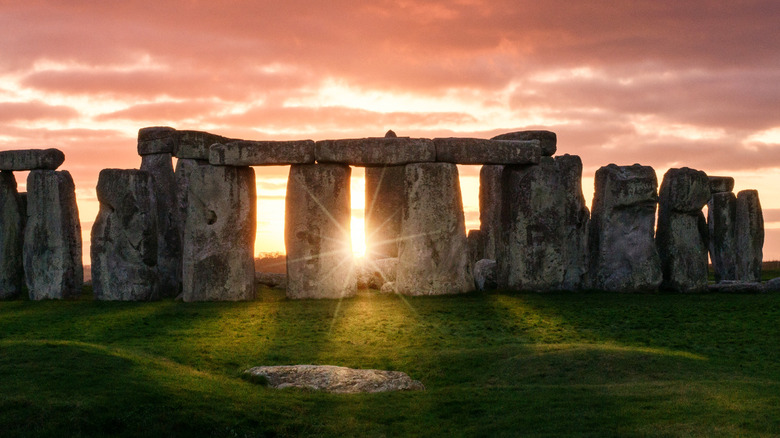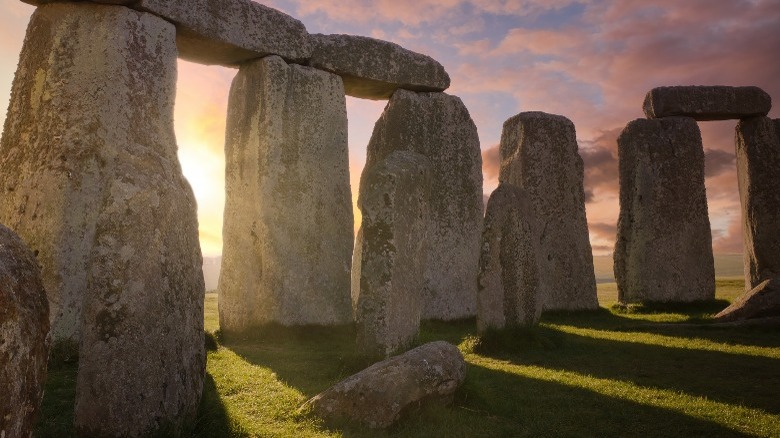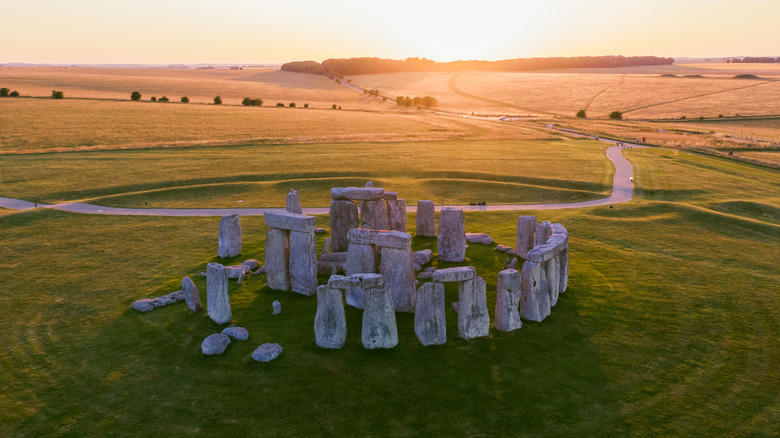Has Stonehenge's Biggest Secret Finally Been Explained?
Located in Wiltshire, England, Stonehenge is among the most famous tourist attractions in the country, with an estimated 1.6 million people visiting the prehistoric monument every year. Given its popularity and ubiquitousness, it's common for most people to assume that we have figured out everything that is there to know about Stonehenge.
That, however, isn't really the case. Even though historians and researchers have long been trying to figure out the actual purpose behind building these incredible structures, rarely have they arrived at a consensus.
While some historians have reckoned it to be nothing more than a burial ground dating back to 3000 BC (that's over 5000 years ago), a commonly agreed-upon answer was that it was some kind of time-keeping tool or calendar. However, none of them were able to demonstrate how the entire structure functioned as a calendar, leading to several unanswered questions.
That was until now. New research published by Professor Timothy Darvill, an archaeologist from Bournemouth University, may have answered the age-old question about what the Stonehenge was, and more importantly, how the structure may have been used by the people who built it.
An ancient solar calendar?
Professor Timothy says he had to take a fresh look at Stonehenge after recent developments surrounding the structures gave him clues about where the stones for the structures came from.
After a 2016 study established that three significant structures of Stonehenge came from a single source located in an area called the Marlborough Downs, it was also confirmed that these structures were not moved or changed once they were set at their final location. The study also indicated that these structures were all set in the period 2620–2480 BC.
Based on all these inputs, and pre-existing knowledge that the entire structure functioned as a single unit, Professor Timothy says that the Stonehenge could have been a solar calendar with each of the stones part of the structure representing a day — and sections of the circle of stones corresponding to weeks.
But how did it work?
For anyone interested in understanding how the Stonehenge calendar worked, it is advisable that they read Professor Darvill's detailed journal here that describes the intricacies of the construction in meticulous detail. You could also take a peek at the brand new discussion with Professor Darvill (and others) posted by The British Museum for their exhibit "The world of Stonehenge," appearing from February 17, 2022, to July 17, 2022.
The gist of the Professor's account was that the main circle (called Sarsen circle) of Stonehenge consisted of 30 large stones (many of which have toppled over and missing) that represented 30 days. Multiplying these 30 stones by 12 gave a total of 360 days. Ten additional stones inside the Sarsen were placed in groups of two, resulting in five pairs of stones — which Professor Timothy says represented five additional days, thereby bringing the number of days on the calendar to 365.
In addition to these stones, four additional stones were located outside the circle. The Professor asserts that these stones were there to add a day to the calendar every four years, thereby bringing one solar year on the calendar to represent 364.25 days. This is remarkably close to the number of says we have on the modern Gregorian calendar.
However, that is about as close as the Stonehenge calendar would get to the modern calendar. This is because there is overwhelming evidence that the people who used Stonehenge as a calendar saw every 10th day being important — which possibly indicates a 10-day week, with each 30-day month divided into three weeks lasting ten days each.
The study goes in to discuss the origins of the structure, and whether the people who built it did so using external influence, including inputs from the Egyptians. While it remains to be seen how the rest of the scientific community responds to Professor Timothy's newest revelations about Stonehenge, there is no denying that his findings are quite intriguing.


